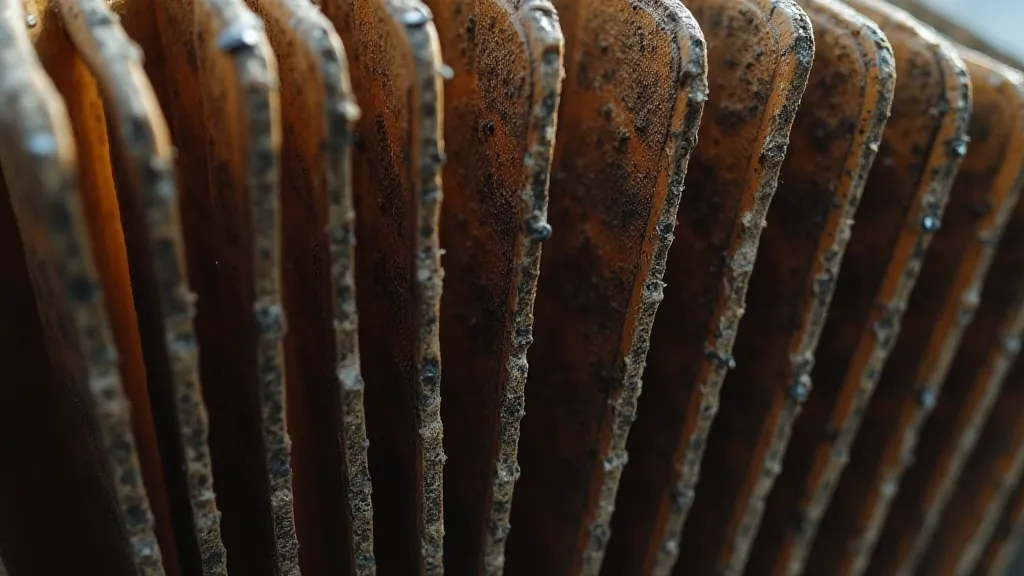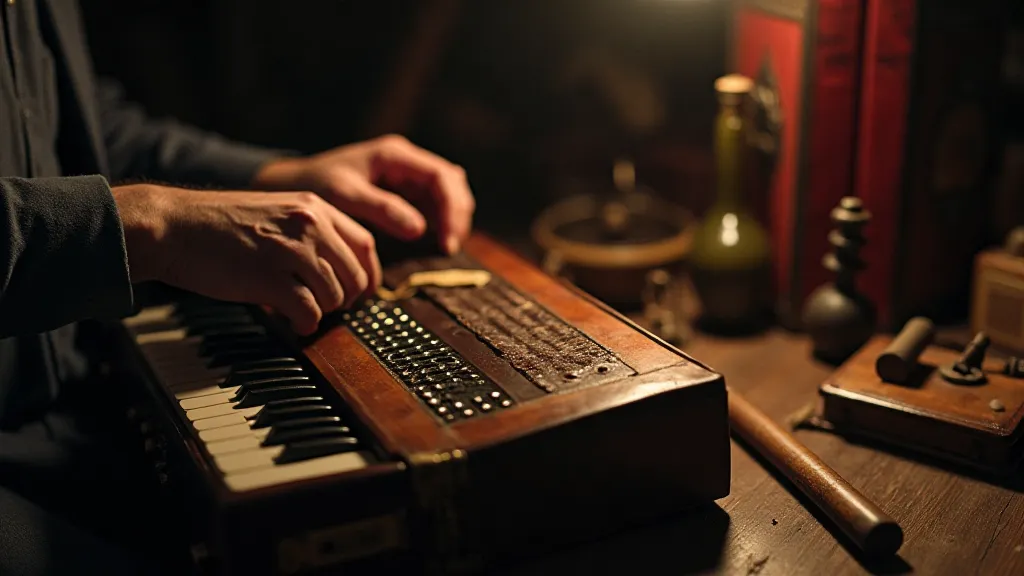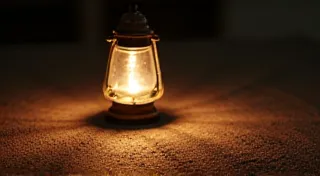The Architect’s Gambit: Designing Stable Magnetic Structures
There's a certain melancholy beauty in a forgotten accordion, isn't there? Left gathering dust in a corner, its bellows still hinting at a vibrancy it no longer expresses. Inside, the meticulous craftsmanship – the tiny screws, the intricate reeds, the precisely-shaped wooden components – speaks of an era when objects were built to last, designed with an almost reverential attention to detail. It's a reminder that enduring stability isn’t just about brute force; it's about intelligent design, understanding the forces at play, and respecting the materials themselves. The same principles, I'm coming to believe, apply to a truly challenging architectural pursuit: building self-supporting structures with rare earth magnets.
For decades, static displays of magnetic levitation have captivated audiences – the floating train models, the hovering spheres. They’s often dismissed as mere novelty, clever tricks relying heavily on external containment and support. But what if we could move beyond the temporary demonstration and create something truly enduring, a structure that defies gravity not through illusion, but through a profound understanding of magnetic fields?

Beyond the Floating Trick: The Promise of Magnetic Architecture
The traditional view of magnetic architecture tends to center on simple levitation. We see objects suspended, seemingly held in place by magic. But true magnetic architecture demands more. It requires a system that is inherently stable, able to withstand external forces, and capable of supporting its own weight. This isn't about defying gravity with a single, dramatic flourish; it's about creating a harmonious balance, a structure that *wants* to remain upright, where each component reinforces the others.
Rare earth magnets, particularly neodymium magnets, are the key. Their remarkable strength allows us to manipulate magnetic fields with unprecedented control. However, strength alone isn’t enough. Understanding how these fields interact, how they concentrate and distribute, is paramount. A naive arrangement of magnets will inevitably result in instability, a chaotic dance of attraction and repulsion that quickly collapses.
The Principles of Repulsion and Attraction: A Delicate Dance
The fundamental principle, of course, is the interplay of magnetic poles. Like poles repel, unlike poles attract. The challenge lies in orchestrating this dance in three dimensions. A simple stack of magnets, all facing the same direction, will simply push each other apart violently. Instead, we need to think about gradients, about creating zones of concentrated repulsion that generate upward force, balanced by strategically placed magnets providing lateral stability.
Imagine a tower constructed from interlocking rings, each ring containing a carefully arranged pattern of neodymium magnets. The bottom rings are arranged to repel the rings above, creating lift. Lateral magnets, precisely positioned, prevent the tower from swaying or tipping. The key is redundancy; multiple points of support, ensuring that the failure of one magnet won't trigger a catastrophic collapse. The calculations involved are complex, requiring careful consideration of magnetic flux density, field strength, and distance between magnets. Small variations in magnet placement can have drastic effects on stability.
Craftsmanship and the Antique Accordion: A Shared Ethos
The dedication required to achieve stable magnetic structures resonates deeply with the painstaking craftsmanship of antique accordions. Consider the bellows; layers of meticulously folded fabric, reinforced with pleats and carefully glued together. A single weak point, a tiny tear, and the entire bellows system fails. Similarly, in a magnetic structure, a single misaligned magnet, a subtle imperfection in the arrangement, can compromise the entire edifice.
Restoring an old accordion isn't just about replacing broken parts; it's about understanding the original intent of the craftsman, appreciating the challenges they faced, and replicating their techniques with the same level of care and attention to detail. It’s a dance between understanding mechanics and respecting history.

Experimentation and Iteration: The Path to Stability
Building these structures isn't a purely theoretical exercise. It requires hands-on experimentation. Early attempts are almost guaranteed to fail, spectacularly. But each failure provides valuable data, revealing weaknesses in the design and prompting further refinement. It’s a process of continuous learning, of adapting and improving based on empirical observation.
Think of the early inventors of powered flight. Their initial designs were often crude and unstable, prone to crashes. But through relentless experimentation, they gradually refined their understanding of aerodynamics, eventually achieving sustained, controlled flight. The same principle applies to magnetic architecture; persistence, careful observation, and a willingness to learn from mistakes are essential for success.
Challenges and Future Possibilities
The challenges are significant. The cost of rare earth magnets can be prohibitive, and the complex calculations required for precise placement can be daunting. Furthermore, magnetic fields can interfere with electronic devices, requiring careful shielding and design considerations.
Despite these challenges, the potential rewards are immense. Imagine self-supporting sculptures that seem to defy gravity, architectural elements that dynamically adjust to environmental conditions, or even entirely new forms of transportation that utilize magnetic levitation. The possibilities are limited only by our imagination and our willingness to push the boundaries of what’s possible.

A Testament to Ingenuity
Designing stable magnetic structures isn't just about building something that floats or stands upright. It’s about understanding the fundamental principles of magnetism, applying those principles with ingenuity and precision, and respecting the materials we use. It’s about embracing the same ethos of craftsmanship that guided the creators of antique accordions, a testament to the enduring power of human ingenuity and the beauty of a perfectly balanced system.





